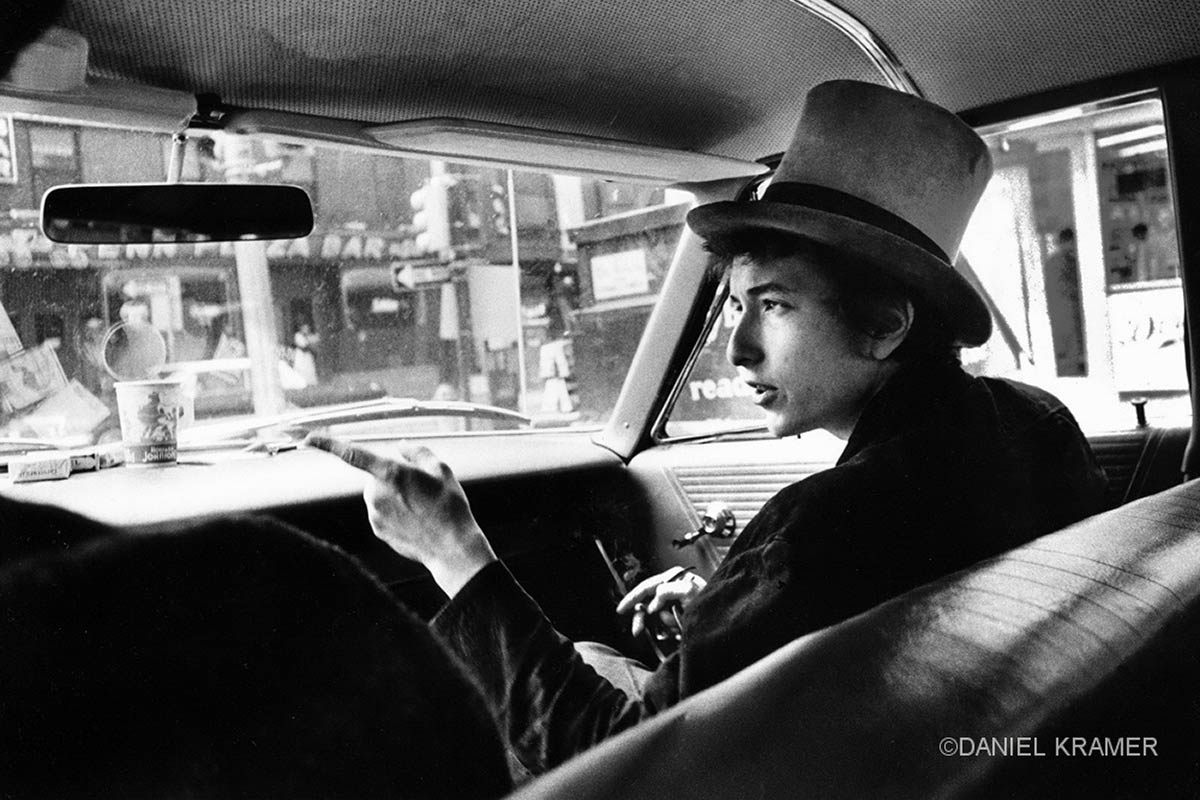
Fifty years ago today, a young Bob Dylan released his self-titled debut album. In the ensuing years, Dylan has written music and lyrics for some of the most eloquent and acclaimed songs of our generation. A polarizing figure at times, Dylan has been both glorified and vilified in the media, all the while proving to be a constant moving target—often cryptic, sometimes playful, intensely private but always enigmatic. His life and work have been obsessively analyzed, dissected and pored over by critics and fans alike. Yet Dylan has refused to be labeled—neither protest singer nor folk singer—or pinned down to be understood. Despite the scrutiny, famous relationships (including one with folk singer Joan Baez), a mysterious motorcycle crash and his subsequent reclusion from the accident, and the constant touring, Dylan, the troubadour, has marched to his own beat.
Dylan Rock Explosion, a new exhibition at Cité de la Musique in Paris, tracks the pivotal path of Dylan’s development from 1961-1966. The show, which runs through July 15, features photographs and films—and related ephemera—that capture the young Dylan as he came to prominence and sparked a musical revolution. Featured in the exhibition is photographer Daniel Kramer, who documented the musician during the span of one year and one day from 1964-1965, a period in which Dylan shifted from acoustic to electric guitar.
Kramer had no idea who Bob Dylan was before he noticed him perform “The Lonesome Death of Hattie Carroll” on the Steve Allen television show in 1964. “I hadn’t heard or seen him,” the photographer told TIME. “I didn’t know his name, but I was riveted by the power of the song’s message of social outrage and to see Dylan reporting like a journalist through his music and lyrics.” Kramer says he was taken by the fact that the 23-year-old Dylan could get up alone with his one instrument and capture us through his music, lyrics and presentation. “Being a photographer my response was—that’s someone you want to photograph,” he says. Kramer found out who Dylan’s management was and contacted them, only to be told Dylan wasn’t available. It took Kramer six months to negotiate and secure a one hour portrait session in Woodstock with Dylan; that session ultimately ran to five hours. An invitation for Kramer to travel by car with Dylan to a performance at Town Hall Philadelphia immediately followed. Kramer then photographed Dylan during the next 367 days.
“It was my idea, my story and I did it totally on my own hook,” says Kramer of the first self-initiated session with Dylan. “I didn’t want any money. I just wanted the opportunity to do the story and then we see where we go. Interestingly, when I first started photographing Dylan, a lot of places were not interested in using his pictures because he was on the verge of becoming very, very important—but still just on the verge. Within six months the photographs started finding homes. Everyone eventually picked them up: Look, Saturday Post and, internationally, Paris Match.“
The work was also responsible for introducing Kramer to W. Eugene Smith, which ultimately led to a lasting friendship. The legendary photographer helped bring attention to the work after becoming enamored with Kramer’s photographs. At the time, Smith was coincidentally looking for an essay to work on as an editor. Kramer’s images of Dylan would be that project. “He was like a midwife to the project,” Kramer says. A book—the first about Dylan—edited with Smith, written by Kramer and featuring 140 photographs from that period was published in 1967. Today, Kramer’s images have graced the covers of three Bob Dylan albums—Biograph, Bringing It All back Home and Highway 61 Revisited.
“I photographed a lot of wonderful and tremendously exciting subjects in my career, but Dylan remains one of the few at very the top of my list,” Kramer says. “I have always admired his courage as a performer who—as he wrote once in one of his books—steps out. He’s said incredible things and moved a lot of people. His lyrics and music have had an amazing influence on his time, and for a photographer, this is always great when you have an opportunity to document a part of that.”
Photographer Daniel Kramer is based in New York. His images have graced the covers of three Bob Dylan albums—Biograph, Bringing It All back Home, and Highway 61 Revisited. His work has also been published in LIFE, TIME, Fortune and other publications. In addition to documenting Bob Dylan, he photographed Norman Mailer extensively over a three-year period.
The exhibition Bob Dylan, Rock Explosion is on view at Cité De La Musique in Paris from March 6 – July 15. For more classic photos of Bob Dylan, see LIFE’s 96-page book, Forever Young: 50 Years of Song, on newsstands now.

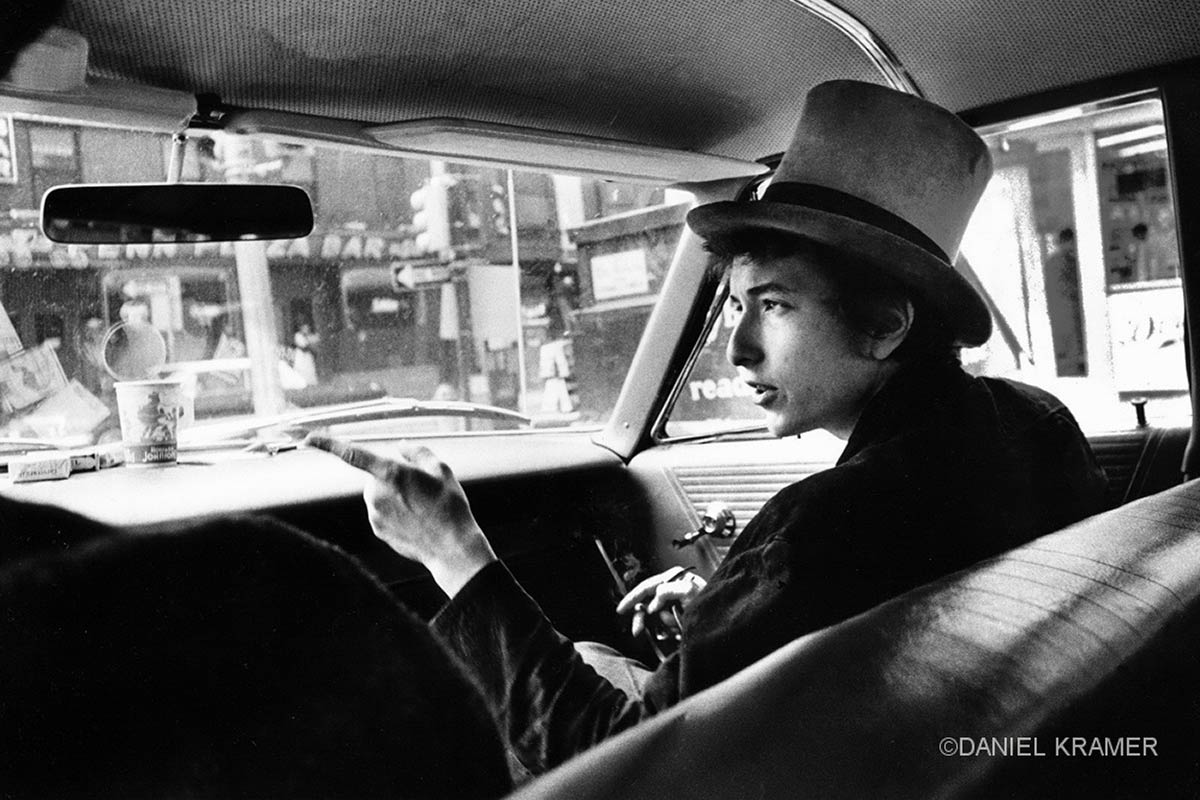

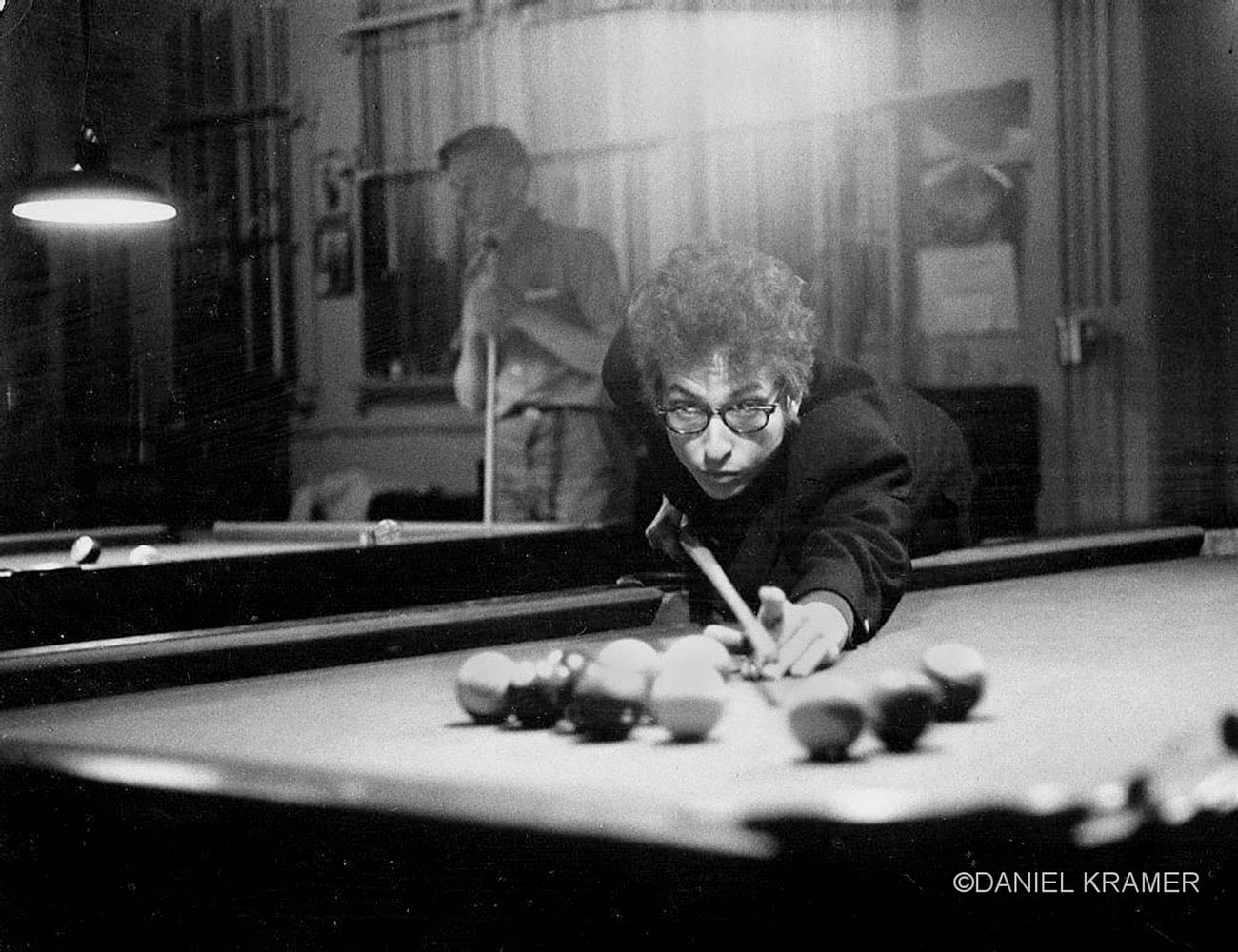

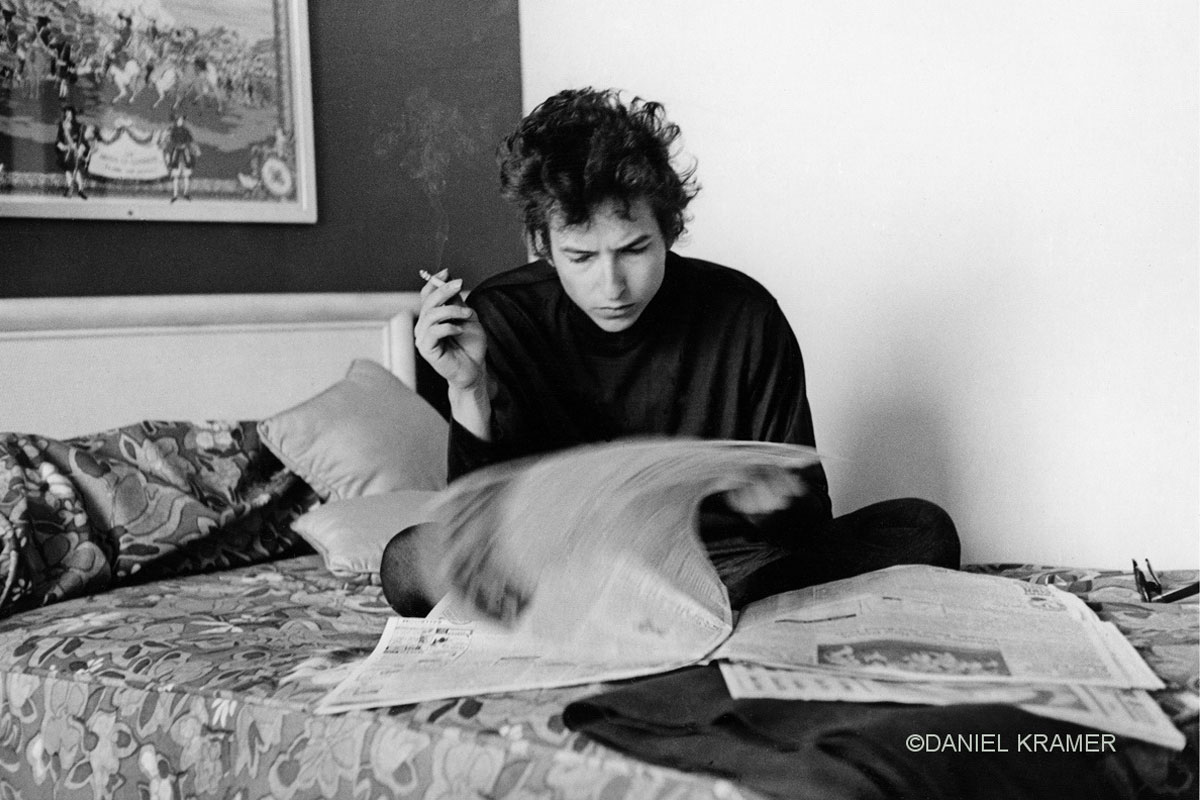

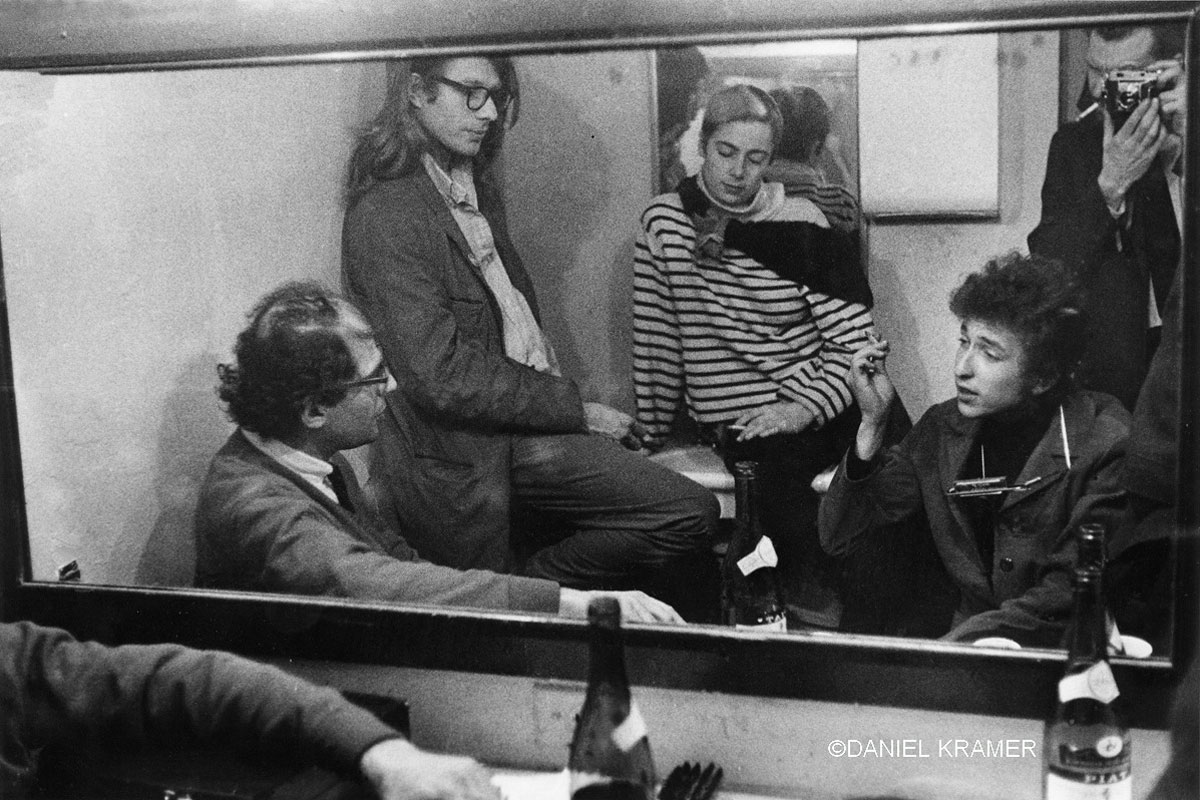
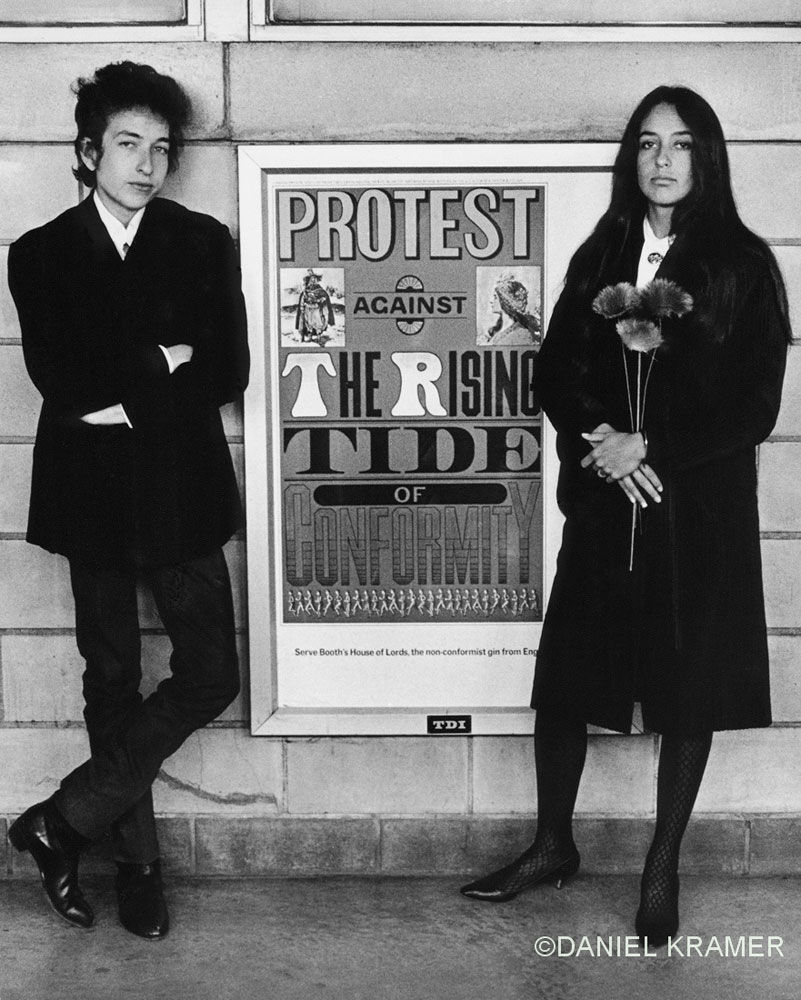
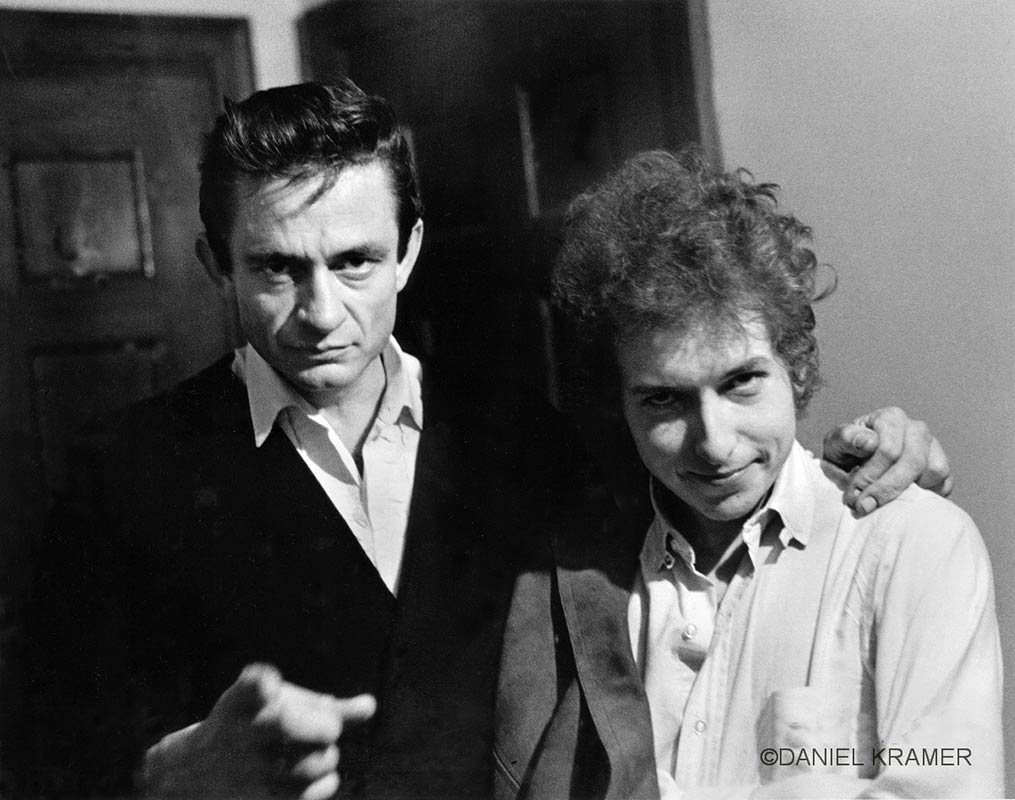

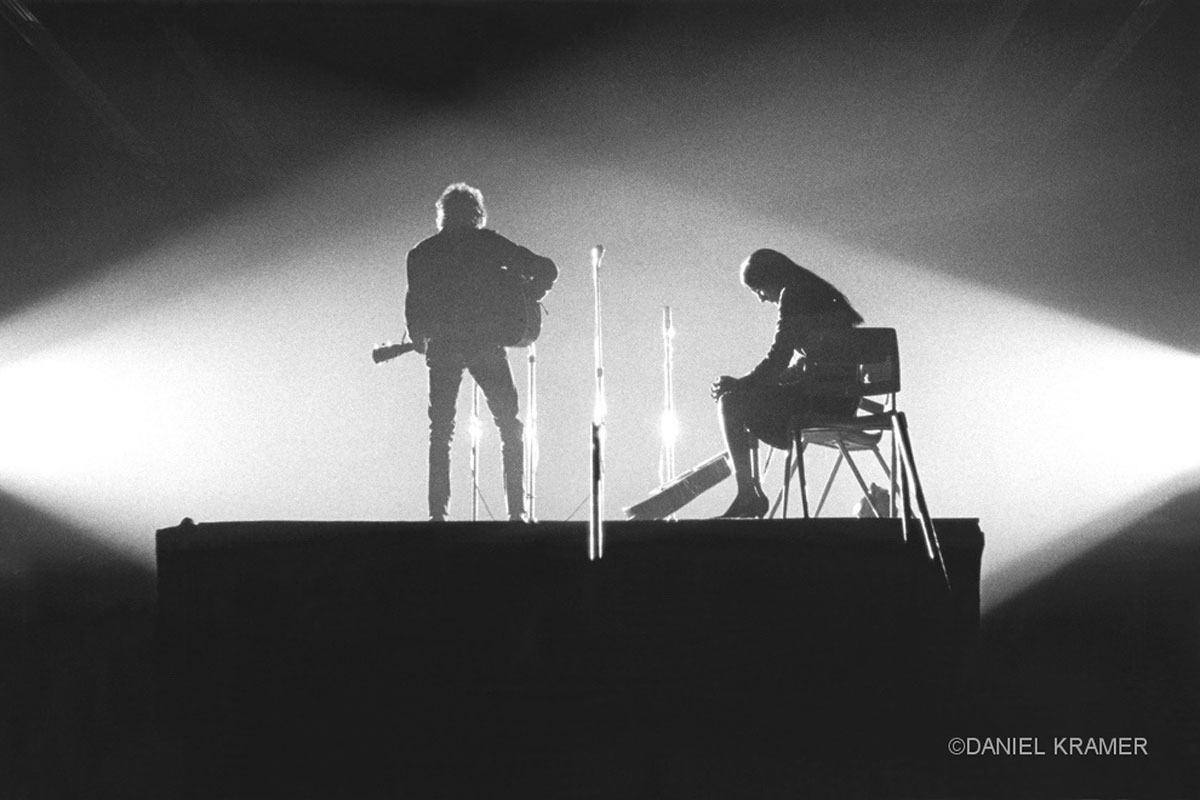
More Must-Reads from TIME
- Why Trump’s Message Worked on Latino Men
- What Trump’s Win Could Mean for Housing
- The 100 Must-Read Books of 2024
- Sleep Doctors Share the 1 Tip That’s Changed Their Lives
- Column: Let’s Bring Back Romance
- What It’s Like to Have Long COVID As a Kid
- FX’s Say Nothing Is the Must-Watch Political Thriller of 2024
- Merle Bombardieri Is Helping People Make the Baby Decision
Contact us at letters@time.com